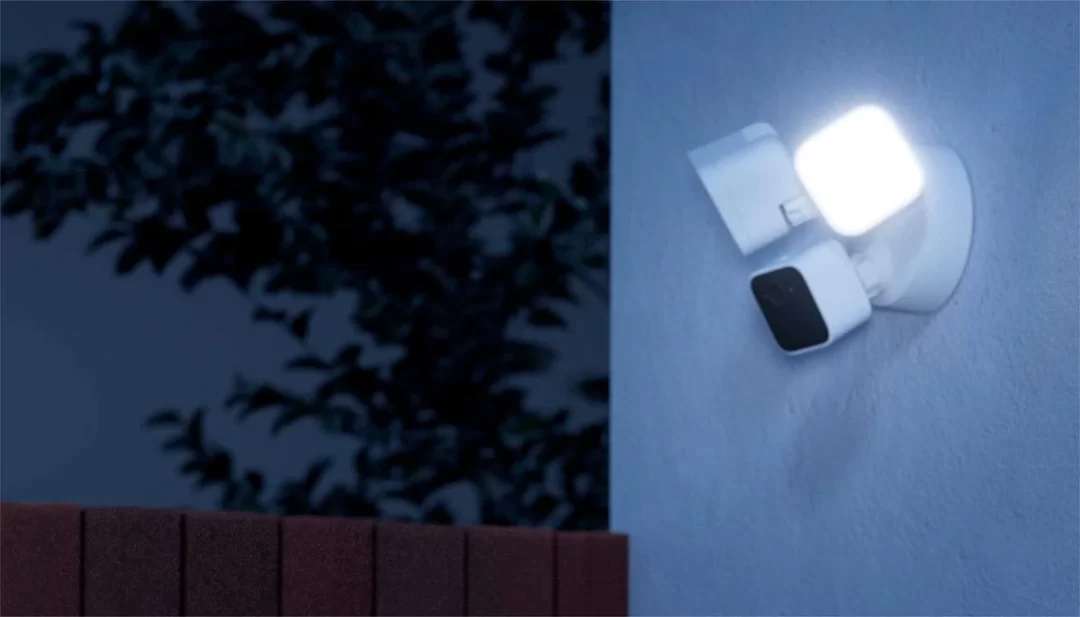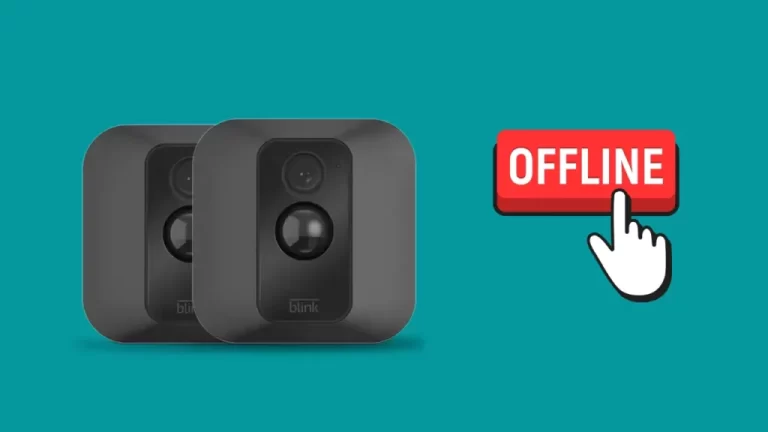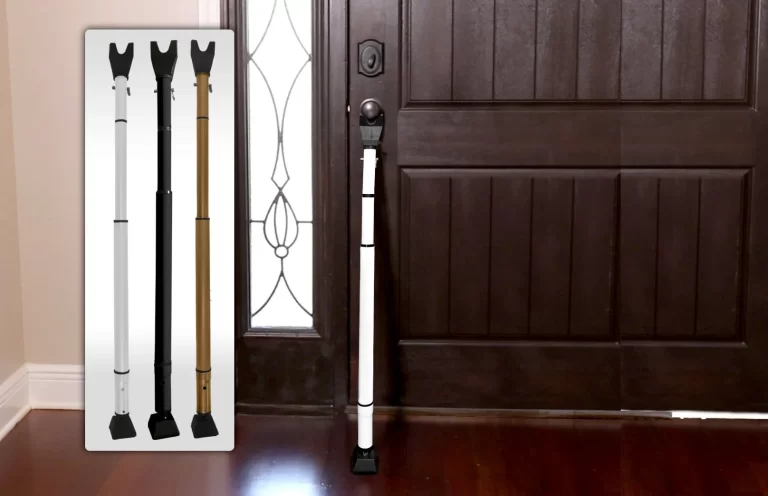How Do I Get Better Night Vision on My Blink Camera?
How do I get better night vision on my Blink camera? Many Blink camera users face challenges when it comes to capturing clear and detailed footage in low-light conditions.
Read on to explore various techniques and tips to help you improve the night vision capabilities of your Blink camera.

How Do I Get Better Night Vision on My Blink Camera?
Achieving optimal night vision on your Blink camera requires a combination of factors, including camera placement, lighting conditions, and camera settings.
By considering these elements and implementing the following tips, you can significantly enhance the night vision capabilities of your Blink camera.
1. Position Your Camera Strategically
Proper camera placement is crucial for capturing clear night vision footage. Make sure to position your Blink camera in an area that provides a wide field of view and minimizes obstructions.
Avoid placing the camera too close to walls or objects that could block the infrared light emitted by the camera.
Experiment with different angles and heights to find the optimal position that maximizes night vision performance.
2. Ensure Adequate Lighting
Although Blink cameras are equipped with infrared LEDs for night vision, having additional lighting can greatly improve the quality of the footage.
Install outdoor lights or motion-activated lights near the camera’s field of view to enhance visibility during nighttime.
This will provide supplementary illumination and improve the camera’s ability to capture clear images and videos.
3. Clean the Camera Lens
Over time, dust, dirt, and smudges can accumulate on the lens of your Blink camera, affecting its night vision performance.
Regularly clean the lens using a soft, lint-free cloth to remove any debris or fingerprints. Ensure that the lens is free from obstructions to maintain optimal image quality.
4. Adjust Camera Settings
Blink cameras offer various settings that can be adjusted to optimize night vision performance. Access the camera settings through the Blink app or web portal and navigate to the night vision settings.
Experiment with different settings, such as adjusting the infrared intensity or enabling the IR filter, to find the configuration that produces the best results in your specific environment.
5. Reduce Ambient Light Interference
Excessive ambient light can interfere with the night vision capabilities of your Blink camera. Close curtains, blinds, or other sources of light that might create reflections or glares in the camera’s field of view.
Minimizing ambient light will improve the camera’s ability to capture sharper and clearer night vision footage.
Frequently Asked Questions About Blink Camera
Here are some frequently asked questions about the night vision capabilities of Blink cameras:
1. Can I use external infrared lights with my Blink camera?
Yes, it is possible to enhance the night vision of your Blink camera by using external infrared lights.
However, it’s essential to ensure compatibility with your specific Blink camera model and follow the manufacturer’s guidelines for installation and usage.
Also, while Blink cameras are designed to function optimally without additional accessories, some users have reported success with certain third-party infrared illuminators.
Research and choose accessories that are compatible with your Blink camera model and have positive customer reviews.
3. What are some common factors that can affect night vision performance?
Several factors can influence the night vision capabilities of your Blink camera, including distance, obstructions, lens cleanliness, and lighting conditions.
By considering these factors and implementing the tips mentioned earlier, you can overcome many challenges associated with poor night vision performance.
Also, the Blink cameras allow you to schedule night vision mode. Using the Blink app or web portal, you can define specific time intervals when the camera should switch to night vision mode automatically.
This feature provides convenience and ensures consistent night vision performance during the designated hours.
5. How far can the Blink camera’s night vision reach?
The night vision range of Blink cameras varies depending on the specific model. Generally, the average range for most Blink camera models is around 20 to 30 feet.
However, factors such as camera placement, ambient lighting, and weather conditions can impact the effective range.
It’s recommended to experiment and adjust camera settings to achieve the best night vision performance within your desired range.
Also, you can disable night’s vision mode on your Blink camera if desired. However, keep in mind that doing so will result in poor visibility in low-light conditions.
It’s recommended to utilize night vision mode for optimal image quality during nighttime surveillance.
Conclusion
By following these tips and implementing the strategies discussed in this article, you can significantly enhance the night’s vision capabilities of your Blink camera.
Proper camera placement, adequate lighting, and adjustments to camera settings play a vital role in optimizing night vision performance.
Additionally, keeping the camera lens clean and minimizing ambient light interference will contribute to capturing clearer and more detailed footage.
Remember to experiment, evaluate, and adjust the settings to suit your specific requirements. With these techniques, you can improve your overall surveillance experience and achieve better night vision on your Blink camera.
READ ALSO!!!





